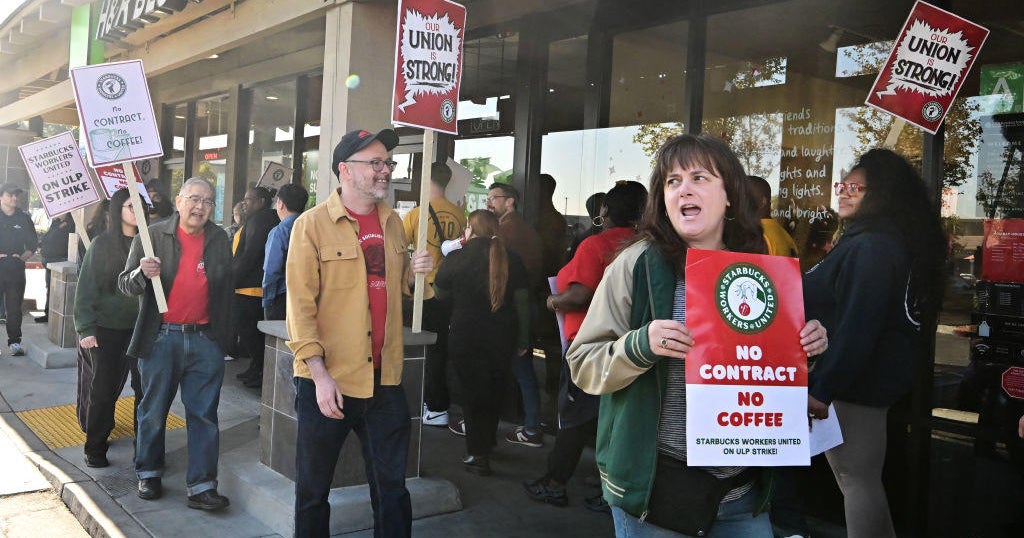Payrolls surged by 467,000 in January, confounding economists
Job growth around the U.S. was robust in January with employers adding 467,000 new hires, surprising economists who had forecast that the COVID-19 wave caused by the Omicron variant would dampen payrolls.
The leisure and hospitality sector led the increase, adding 151,000 jobs in January, the U.S. Department of Labor said Friday. Professional and business services added 86,000 jobs, retail added 61,000, and transportation and warehousing added 54,000.
The unemployment rate ticked up to 4% as more people entered the workforce to look for jobs. In another positive sign for the labor market, the participation rate — a measure of people working or looking for jobs — rose to 62.2%.
"[W]hile omicron had a clear impact on day to day life in the United States, the labor market impact was less severe than expected," Nick Bunker, economic research director for Indeed, said in a note. "As we have seen in the past, the economic fallout from each successive wave of the pandemic has been smaller and smaller."
The January employment figures come as a surprise to economists, who overwhelmingly expected the Omicron surge to substantially reduce payrolls in January. Illness did show up in the Labor Department's report, which showed a record 3.6 million people absent from work because they were sick — double the number in December.
But those millions didn't dent payroll numbers — which consider a worker employed as long as they work at least one hour during the week in which the Labor Department's survey is conducted. Salaried workers who are out sick are also counted as employed, Bank of America economists noted.
Money gains
Pay surged, too. Average wages for all workers rose 5.6% from the year-ago period, while wages for non-managers, who make up four-fifths of the workforce, rose 6.9%.
"We're not expecting to see wage growth slow down anytime soon," Julia Pollak, labor economist at ZipRecruiter, told CBS MoneyWatch this week. "We now have a record low number of unemployed people per job opening. ... Add inflation in the mix and employees are demanding more, and employers feel pressured to give it to them."
Consumer prices have risen at a 7% year-over-year rate in recent months, which means that for many workers, raises aren't enough to offset the bite of higher prices.
"Very significant job gains" in 2021
In addition to unexpectedly strong hiring in January, the government revised estimates for 2021, showing that job growth over the entire year was stronger than initially reported. Figures for October, November and December showed 700,000 more jobs were added than initial estimates.
Over the course of last year, job gains were fairly steady, peaking in July and decelerating slightly before picking up again in October.
"Even though the theme for 2021 was labor shortages, and we were asking where the workers are, the fact of the matter is we saw very significant job gains in 2021," said Daniel Zhao, senior economist at Glassdoor. "Unemployment dropped much faster than expected, labor force participation improved significantly. We saw many workers coming back into the labor force, even though it wasn't a tidal wave that revolved around a single event."
January's surge reflects new hires as well as seasonal effects. Some employers are choosing to hold on to seasonal staff because of the tight labor market, boosting the month's job figures.
"Normally, at the end of the holiday season, many seasonal workers in retail are laid off. Those layoffs are smaller this year because employers are converting seasonal workers to permanent employees," said Glassdoor's Zhao.
Interest rates to rise
The strong hiring numbers likely cement the Federal Reserve's plans to start hiking interest rates as soon as this spring as the central bank tries to tackle spiraling inflation.
"Today's employment report confirms the Fed's view that the labor market is 'very, very strong.' With Fed officials intently focused on inflation and rising wage pressures, the data provide further ammunition to justify hiking rates at its next policy meeting in mid-March," economists at Oxford Economics wrote in a note.



